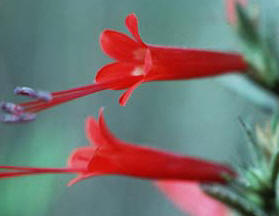
 E
E


 ESPINOSILLA
ESPINOSILLA


|
 E
E
|

|

|
 ESPINOSILLA
ESPINOSILLA
|

|
| loeselia mexicana |





 ESPINOSILLA
ESPINOSILLA


U.E.P.
 Add to Favorite
Add to Favorite
 Home Page
Home Page
 Recommend this Plant
Recommend this Plant
|

|
|
2008 © HIPERnatural.COM
www.hipernatural.com Your Source of Natural Health in Internet |
|